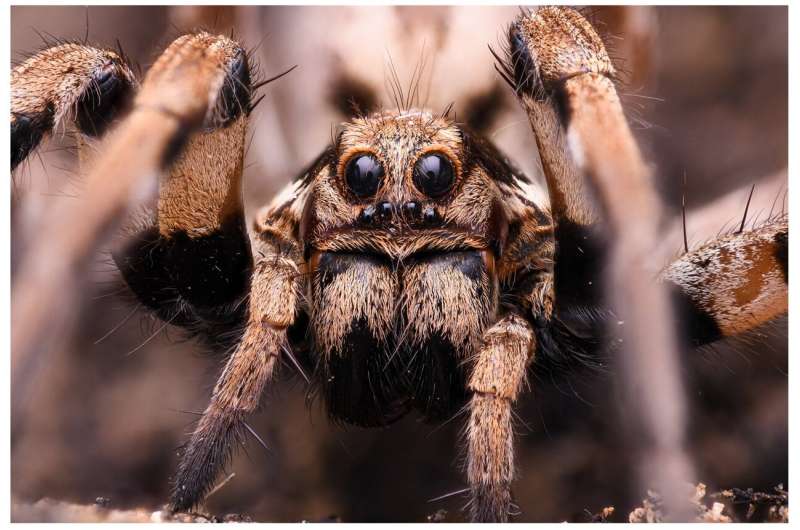Discover the hidden treasure trove of spider venom enzymes and their promising applications in the bioeconomy. This research sheds light on the untapped potential of these complex venoms, which could revolutionize industries like detergents and waste management. Spiders are truly remarkable creatures, and their venoms may hold the key to a more sustainable future.

Uncovering the Untold Secrets of Spider Venom
As venomous animals, spiders use their chemical arsenal for prey capture or defense. Small neurotoxins target the central nervous system of their victims, and these toxins have been the primary focus of research. However, a team of scientists at the LOEWE Center for Translational Biodiversity Genomics (TBG) in Hesse, Germany, has now turned their attention to the enzymes also contained in the complex venom cocktail.
Their study, published in the journal npj Biodiversity, reveals a surprising discovery: in addition to the well-known neurotoxins, spider venom also contains a vast array of enzymes. “In the past, a few pioneering studies suggested the presence of enzymes in spider venoms, but a targeted search for them has never been carried out,” explains study leader Dr. Tim Lüddecke, head of the Animal Venomics working group at the Fraunhofer Institute for Molecular Biology and Applied Ecology, branch of Bioresources (IME-BR) in Giessen, Germany. “We took on this task and systematically screened the raw data of all so far venom-wise analyzed spiders for enzymes. We were able to show that there are in fact more than 140 different enzyme families in their venom.”
Unlocking the Bioeconomic Potential of Spider Venom
The researchers’ findings not only expand our understanding of the complexity and evolution of spider venoms, but they also open up new opportunities for their practical applications. “Enzymes are key building blocks of the bioeconomy,” explains Josephine Dresler, a Ph.D. student in the working group and the first author of the study. “They accelerate chemical reactions and are characterized by very low by-product formation, low energy consumption, and biodegradability. They can therefore be used to create value in a highly sustainable way.”
Some of the enzymes identified in the study could have significant bioeconomic potential. “Some of the enzymes we have identified could be used in detergents or waste management, for example, because of their fat-splitting or protein-degrading properties,” says Dresler. “They could make a significant contribution to a sustainable transformation there.”
Unlocking the Untapped Potential of Spider Venoms
The work of the Giessen scientists highlights the vast translational potential hidden in animal venoms, especially those of spiders. “So far, the spider venom community has focused exclusively on medical or agricultural applications,” explains Lüddecke. “Our discovery opens up the possibility of establishing a completely new field of applied research.”
However, the researchers caution that this is just the beginning, as less than 1% of all spider species have been studied for their venoms. “I am confident that we will make more exciting discoveries in the remaining 99% of the world’s spider fauna,” says Lüddecke. As we continue to explore the hidden wonders of spider venoms, the bioeconomic potential they hold could unlock new frontiers in sustainable development and innovation.
